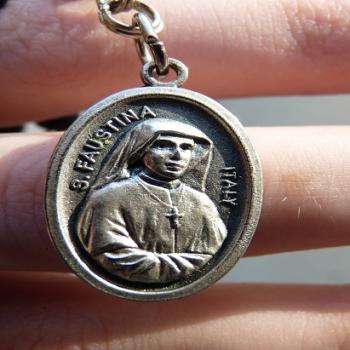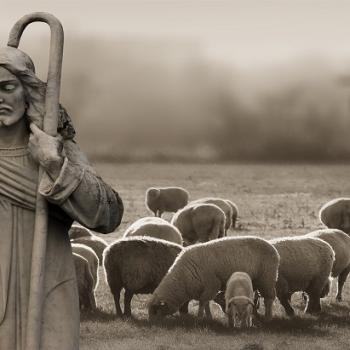As I’ve said in other blog posts, I’m not truly Catholic, but in recent years, I’ve adopted Catholic aspects of spirituality into my faith. One of the things that I’ve been drawn to since Catholicism has called to me is the rosary prayer, an intricate series of prayers that teaches you about the life of Jesus and His mother, the Virgin Mary, primarily using the Book of Luke as its basis.
From what I know, this prayer enables the user to meditate on key events in the New Testament, and helps you understand their significance. If you look closely at the entire set of “Mysteries” and compare them to their Biblical base, you’ll see that there are powerful connections between seemingly minor events in the first part of Luke with the life of Jesus. One of these is a prophecy made by an old priest named Simeon, who tells Mary that a “sword will pierce her soul”, which metaphorically happens when she watches her Son die on the cross, causing her extreme motherly anguish.
The rosary prayer itself has an intricate history dating back to over 1000 years ago, as web articles like this indicate.
If I do pray the rosary, I do it extremely irregularly, and now that I’ve purchased a decent Irish-style rosary from Amazon to use (because I have a fair bit of Irish in me), I’m hoping to teach myself how to make it a habit.
What is this Sorrow?
The first time I prayed the rosary was during my junior year in college, when I decided to spend a week or two praying all four parts of it in succession. I started with the Joyful Mysteries, which guide you through the birth and childhood of Jesus, then making my way to the Sorrowful Mysteries, the part of the rosary that goes through the events at Gethsemane to the death of Jesus on the cross.
While I prayed the Sorrowful Mysteries that time, seemingly out of nowhere, I was overwhelmed by extreme sadness that led me to sob profusely as I struggled to complete the entire set of Mysteries. This grief only got progressively worse as I came closer to the final Sorrowful Mystery, the death of Jesus on the cross. By that point, I was a sobbing mess, and I have no idea what my roommate must’ve been thinking, assuming he saw me breakdown.
My one and only theory is that I was somehow feeling what Mary felt watching her Son be tortured and then crucified before her. That’s a very unnerving thought because it means that the rosary enabled me to synchronize with her grief, even though this is grief that’s 2000 years old.
What Does this Do?
Because I wasn’t raised Catholic, I still haven’t fully comprehended the rosary’s use as an important prayer. This site gives a detailed description of the rosary’s power, including a list of 15 resulting blessings listed by Mary for those who become devoted to the rosary prayer.
For me personally, holding a rosary or having one near me gives a sense of affirmation and peace. I generally always have one under my pillow when I sleep at night so that I know it’s within reach, should a nightmare or something else make me afraid.
I want to encourage myself to eventually work the rosary prayer into either my morning or evening prayers. It can only help me after all.
Featured Image by Myriams-Fotos/Pixabay
Hello, and thank you for supporting my work here on Patheos! If you’d like to support me further, please feel free to “Buy Me A Coffee” here:












